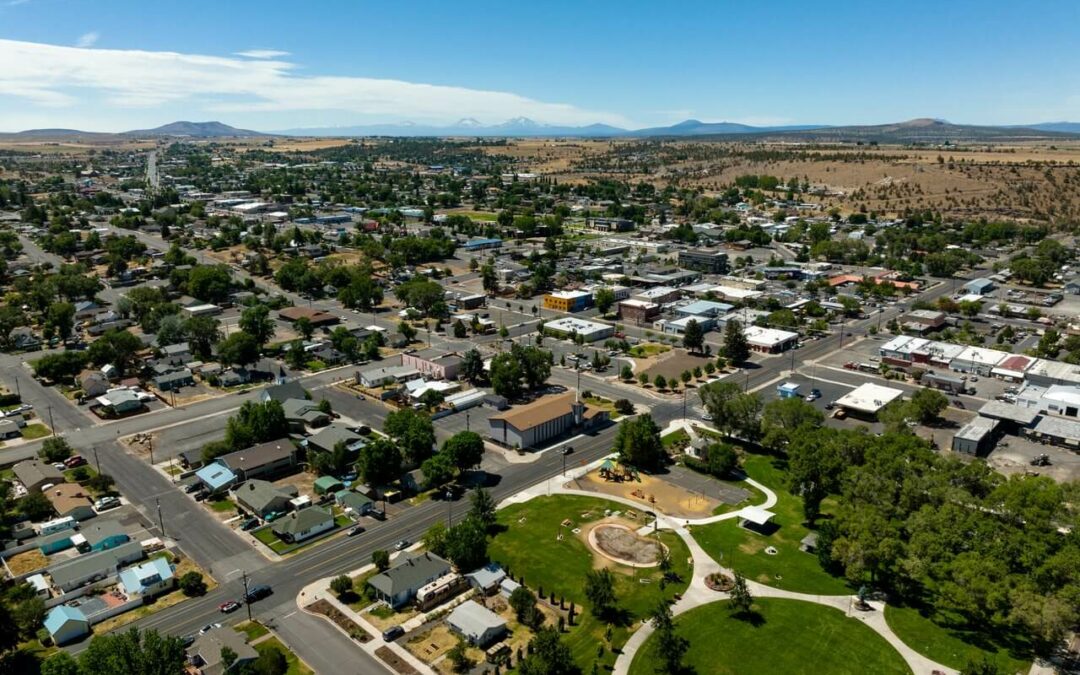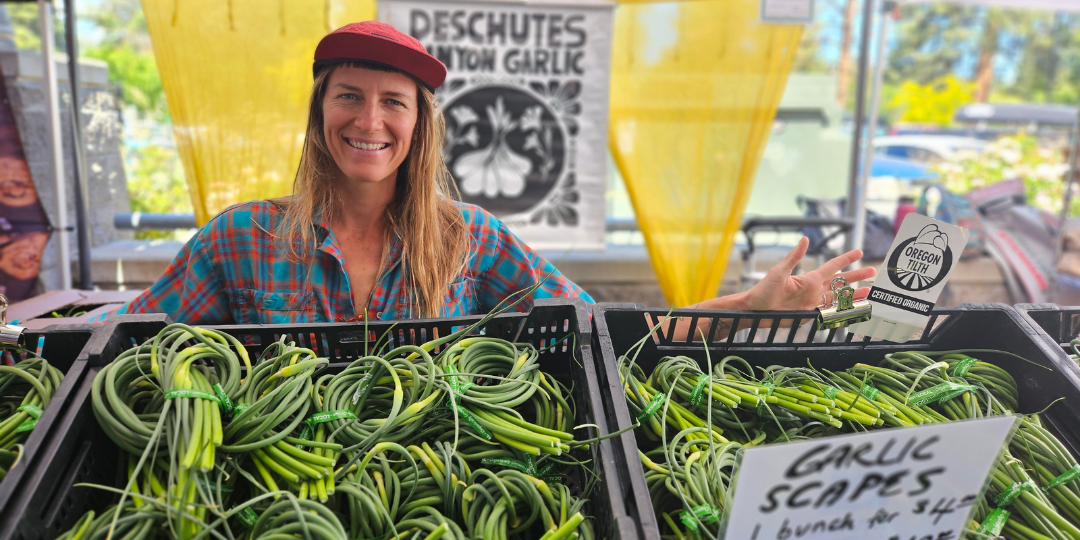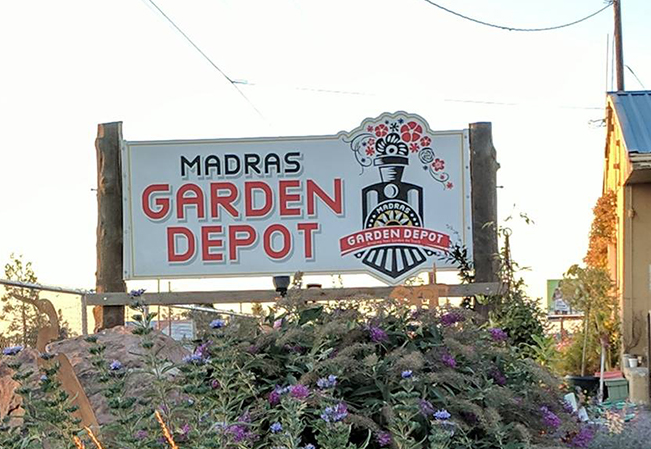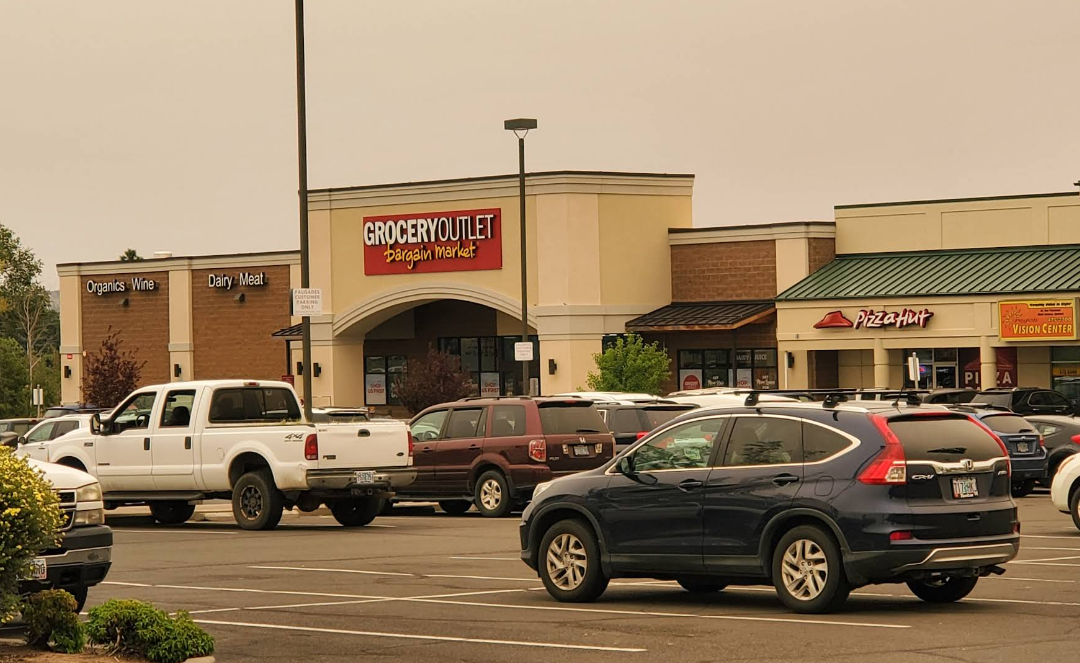Located in the heart of Central Oregon, Madras, OR, is more than just a scenic town with breathtaking views of the Cascade Mountains. It is a place rich in history, shaped by resilience, determination, and a pioneering spirit. From its humble beginnings as a small settlement to its role in agriculture, transportation, and even aerospace, this town has continually evolved while preserving its deep-rooted heritage.
For those who call Madras, OR home—or those considering making it their new home—the town offers a compelling mix of historical significance and modern development. Understanding the journey that brought this community to where it is today provides a deeper appreciation for all it offers. Let’s explore the key events and milestones that have shaped this remarkable town.
The Indigenous Roots and Early Settlers
Before European settlers arrived, the land now Madras, OR, was home to the Warm Springs, Wasco, and Paiute tribes. These indigenous communities thrived in the region for centuries, relying on the Deschutes River and surrounding landscapes for sustenance and trade. Their legacy remains vital to the town’s cultural identity, reflected in the nearby Confederated Tribes of Warm Springs Reservation.
In the late 1800s, as pioneers began moving westward, settlers saw the potential of the area’s fertile land and abundant resources. They established small homesteads, setting the stage for a growing community. The promise of agriculture and opportunity lured more families, and by the early 1900s, Madras, OR, had begun taking shape as a small but thriving settlement.
The Founding of Madras and Its Early Growth
The official founding of Madras, OR, came in 1903 when the town was platted and named after Madras, India. There is debate about whether this was intentional or a clerical error. Regardless, the name stuck, and the town grew as more settlers arrived, drawn by the fertile farmland and potential for prosperity.
The town’s early economy revolved around agriculture, with wheat farming taking center stage. Farmers worked tirelessly to cultivate the land, and soon, Madras, OR, became known for its high-quality wheat, which was transported to other parts of the country. As more infrastructure developed, the town saw its first businesses, schools, and churches emerge, further cementing its status as a promising community.
The Impact of the Railroad
One of the most transformative moments in the history of Madras, OR, was the railroad’s arrival in 1911. The Oregon Trunk Railroad, a subsidiary of the Great Northern Railway, connected the town to larger markets and significantly boosted the local economy. With the railroad came increased trade, new job opportunities, and a surge in population.
The railroad facilitated commerce and positioned Madras, OR, as a transportation hub in Central Oregon. This newfound connectivity made it easier for farmers and businesses to thrive, reinforcing the town’s growing importance in the region.
The Role of Agriculture and Irrigation
While wheat remained a dominant crop, introducing irrigation systems in the mid-20th century allowed Madras, OR, to diversify its agricultural output. The North Unit Irrigation District, established in the 1940s, provided much-needed water to farmers, enabling them to grow crops such as potatoes, onions, and mint.
With irrigation came economic expansion, and agriculture continued to be the backbone of Madras, OR. Farming families passed their traditions down through generations, creating a strong agricultural heritage that remains integral to the town’s identity today.
The Development of the Madras Air Base
During World War II, Madras, OR, played an unexpected but crucial role in national defense. In 1943, the U.S. Army established the Madras Army Air Base as a training facility for B-17 bomber crews. The base brought the town an influx of military personnel and economic activity.
Though the base was decommissioned after the war, its legacy lives on through the Madras Airport and Erickson Aircraft Collection, which showcases restored warplanes and aviation history. This chapter of Madras, OR‘s past remains a point of pride for the community and a reminder of its contributions to the nation’s history.
Modern Growth and Community Development
In the latter half of the 20th century, Madras, OR, grew, attracting new industries and residents. The expansion of businesses, improvements in infrastructure, and the construction of new schools and parks helped shape the town into the vibrant community it is today.
Today, Madras, OR, offers a unique blend of small-town charm and modern amenities. With a steadily growing population, new housing developments, and a focus on sustainability, the town continues to evolve while maintaining its historic roots. Its diverse cultural scene, outdoor recreation opportunities, and a strong sense of community make it an attractive place to live and visit.
The history of Madras, OR, is one of perseverance, transformation, and progress. From its early days as indigenous land to its agricultural boom, railroad expansion, and contributions to World War II, the town has continuously adapted to the changing times while preserving its heritage.
The town offers a rich historical backdrop and a promising future for those considering a move to Madras, OR. With a strong sense of community, economic opportunities, and stunning landscapes, it’s a place where history and modernity come together to create a truly unique and welcoming environment. Whether you’re drawn to its past or inspired by its future, Madras, OR, is a town worth calling home.
Sources: cascadebusnews.com, en.wikipedia.org, richesinengineering.com, oregonencyclopedia.org
Header Image Source: visitcentraloregon.com






